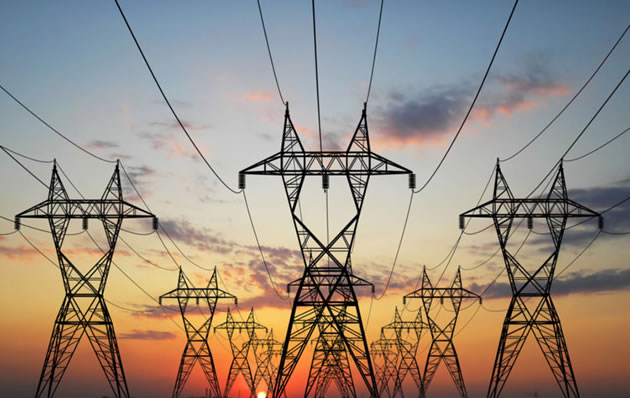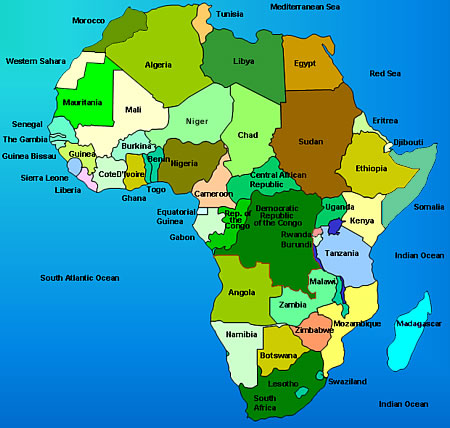Zesa misses Q1 supply target

Golden Sibanda Senior Business Reporter
ZESA Holdings missed its power supply target of 2 334 Gigawatt hours in the first quarter of 2015 due to overhaul works that delayed the return to service of generators at power stations.
Zimbabwe Power Company, Zesa Holdings generation unit chief executive Eng Noah Gwariro told journalists last week that the target of 2 334 GWh was missed by 7,65 percent.
Eng Gwariro said: “Causes for missed targets include delayed return to service of units 4 and 6 at Hwange (Power Station) and Kariba (South Power Station), respectively.”
Kariba South unit 6 is undergoing speed governor modernisation and is expected back online this week while Hwange unit 4 returned early this month after successful overhaul works.
Hwange is currently able to generate an average of 430 megawatts while Kariba South, where the bulk of electricity is being produced, is generating an average of 718MW.
The ZPC CEO also cited the cause of the missed supply target as small thermals that missed their (generation) targets due to low availability of boiler plant at all stations.
However, quarter on quarter the variance was marginal with a total of 2155.53GWh sent out in the first quarter against 2150.33GWh in 2014, giving a variance of 0,24 percent.
Eng Gwariro said that major challenges faced in the first quarter of 2015 included numerous tube leaks at Hwange and grid disturbances that caused a total of 34 unit trips.
For instance, Hwange Unit 5 water ingress incident resulted in damage to steam pipe hangers while cash flow constraints also affected operations; with ZPC owed $500 million.
Due to constrained capacity, Zimbabwe is able to generate only about 1 200MW to 1 400MW against national requirement at peak periods of demand for power of 2 200MW.
The acute shortage of power, which has been disruptive to commercial and domestic activities, is managed through either supply frequent rationing or imports from the region.
There also is serious concern about deficits in future considering yawning shortage at time when the economy is ailing, which saw industrial capacity falling as low as 36 percent.
It is against this situation that Government is working on projects to increase power generation with the extension of Hwange through units 7 and 8 and expanding Kariba South.
Hwange units 7 and 8 will add 600MW to the national grid while expansion of Kariba will bring 300MW to current production.
Works on the two projects have already commenced.
Sino Hydro was awarded contracts to do the capacity extensions and the projects form part of mega deals signed by President Mugabe during his State visit to China last year.
Besides extension of the generation capacity of Hwange, plans are also afoot to overhaul first stage units of the power station to restore its 920MW capacity for another 25 years.
Tenders have also been floated for 100MW of a targeted 300MW solar project while investor selection is underway for a 120MW gas/diesel powered peaking power plant in Mutare.
Other initiatives on the cards include the preparatory works for the 4x200MW Batoka Gorge project, overhaul of Harare Power Station and repair and expansion of Deka Pipeline.
Batoka Gorge is on the mighty Zambezi River, sits on the border of Zimbabwe and Zambia and the project is being jointly undertaken by the two countries’ central Governments.
The $28,6 million rehabilitation and expansion of the Deka pipeline, which supplies Hwange from Zambezi River, will cater for its future increased capacity water requirements.
Eng Gwariro said the various initiatives to increase the country’s generation capacity will cost $5 billion.
Adequate supply is key for Zimbabwe’s economic turnaround going forward.










Comments